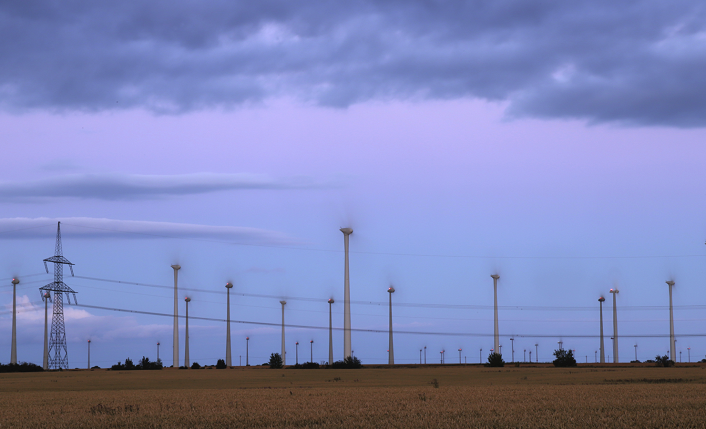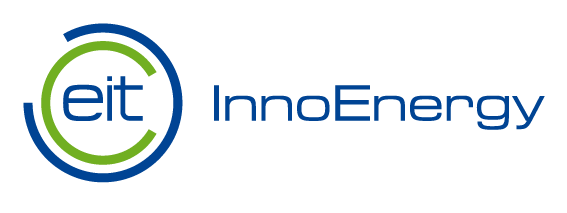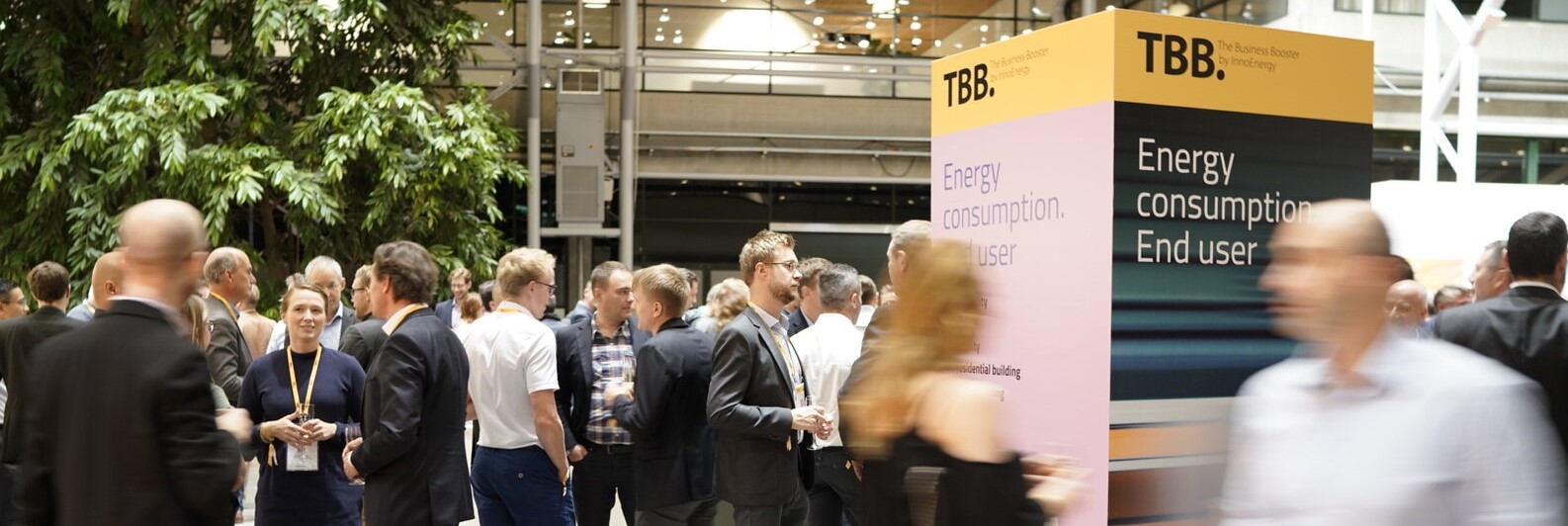InnoBlog: Smart grid challenges – saving money on energy bills

This blog is the second in a two-part series on the challenges around consumers being more active in the energy transition.
The previous blog discussed how consumers equipped with assets such as solar photovoltaic (PV) panels, battery energy storage or electric vehicles (EVs) can sell their excess electricity back into the grid and actively participate in the energy transition.
However, what about consumers without such assets; can they also actively participate? The answer: yes, of course – through something known as “demand response”.
Demand response (DR), as defined in the Clean Energy Package (CEP) of the European Union, is “the change of electricity load by final customers from their normal or current consumption patterns in response to market signals, including in response to time-variable electricity prices or incentive payments, or in response to the acceptance of the final customer’s bid to sell demand reduction or increase at a price in an organised market”.
In simpler terms, DR aims to promote consumers’ engagement with their consumption. Though different demand response options exist, the basic premise is the same: demand is elastic and so consumption can be adjusted in response to price signals, consuming when prices are low and cutting back when prices are high. Through this, consumers have the potential to save money on their bills.
Power grid perspective
It also benefits the electric system, alleviating the load on the grid during peak times. During my EIT InnoEnergy Master’s in Smart Electrical Networks and Systems, we often discussed the topic of DR as it has the potential to bring major benefits from both the consumer and grid point of views. We learned about the two main forms of DR:
- In implicit DR, the consumer holds a dynamic electricity price contract (versus a traditional fixed contract) with their supplier and reacts to price signals. When the price is high, the consumer is alerted, and they can lower their consumption to save money; the vice versa also applies.
- In explicit DR, another party is tasked with managing a consumer’s consumption. This means a company – either an independent aggregator or a branch of the customer’s supplier itself – aggregates several consumer energy resources, which often have some sort of renewable generation, flexible load and/or energy storage capability. They then offer this larger aggregated flexibility on electricity markets, sharing profits with participants of the scheme.
Participants of both implicit and explicit DR are considered active participants. They can save money on their electricity bills amidst a consumer-centric energy transition. Which option an active consumer opts for depends on a number of factors, including but not limited to which option(s) are available to them, if the regulatory framework and technical specificities enable their participation, the assumed risks and of course the net cost-benefit of participation.

